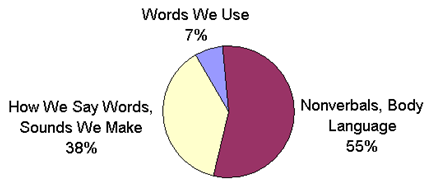Training Consultants: Learning Styles and Strategies
Introducing a new technology or strategic ideology across an organization can be a daunting task. Training consultants are faced with many challenges when constructing corporate training programs, including a limited time frame, conflicting learning styles and differing learning strategies. To accomplish desired results, consultants must make sure the learners are engaged and comfortable with the material and delivery.
Learner engagement is so important that, in recent years, we have seen a significant growth of research into the subject of learning styles. An individual learning style is defined as the way in which a learner takes in information, processes that information and applies it to solve and understand problems.
As a training consultant, you will invariably be faced with many different styles and learners. It is important to identify the underlying style of your audience before diving too deep into the creation of lesson plans and activities. Depending on the size of your group, identifying the learner's preferred learning styles can be approached through having a discussion with the learners themselves, their managers or distributing a learning style questionnaire. Being aware of the preferred styles will avoid a mismatch in style between yourself, the training consultant, and the learners.
Once a clear picture of the preferred physical learning style is understood, lesson plans can be easily structured to specifically address some or all of the styles. In most cases, a combination of two or more styles will be needed.
To help you dive quicker into the creation and introduction of material, we’ve listed the 4 most common learning styles along with suggested teaching strategies to help engage each group.
 change. The ability to adapt in this ever changing culture is now a job requirement. In a world without change or innovation, Leadership Development Consultants would not be necessary. But in a world where change and innovation is ever so intense, every leader must learn how to effectively perform in new and changing situations. This creates an even higher demand for Leadership Development Consultants which proves to have an astounding ROI for companies.
change. The ability to adapt in this ever changing culture is now a job requirement. In a world without change or innovation, Leadership Development Consultants would not be necessary. But in a world where change and innovation is ever so intense, every leader must learn how to effectively perform in new and changing situations. This creates an even higher demand for Leadership Development Consultants which proves to have an astounding ROI for companies.







.png)